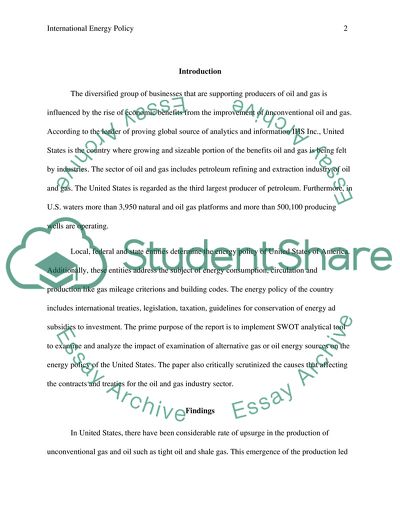Cite this document
(The Energy Policy of United States of America Term Paper, n.d.)
The Energy Policy of United States of America Term Paper. Retrieved from https://studentshare.org/macro-microeconomics/1846770-international-energy-policy
The Energy Policy of United States of America Term Paper. Retrieved from https://studentshare.org/macro-microeconomics/1846770-international-energy-policy
(The Energy Policy of United States of America Term Paper)
The Energy Policy of United States of America Term Paper. https://studentshare.org/macro-microeconomics/1846770-international-energy-policy.
The Energy Policy of United States of America Term Paper. https://studentshare.org/macro-microeconomics/1846770-international-energy-policy.
“The Energy Policy of United States of America Term Paper”, n.d. https://studentshare.org/macro-microeconomics/1846770-international-energy-policy.


